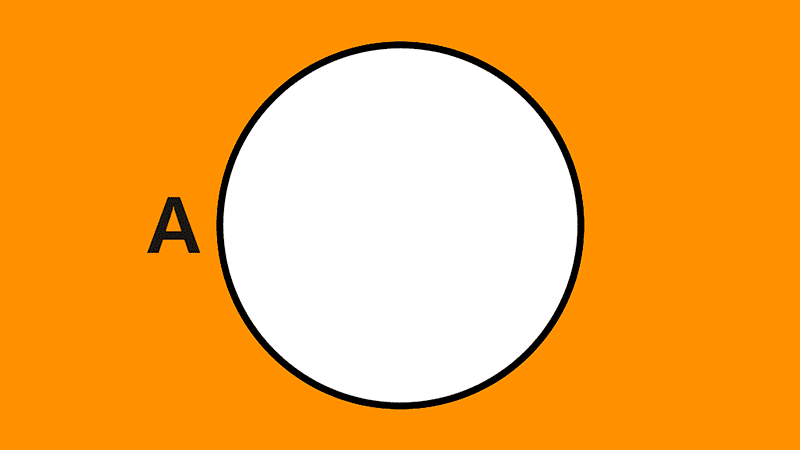
Set Difference
The set difference is a fundamental operation that produces a new set formed by the elements that belong to a first set but not to a second. It is represented by the minus sign "-".
Formally, the difference between two sets A and B is defined as the set of all elements that are in A, but not in B. It is denoted as A - B and is expressed in set-builder notation as follows:
A - B = { x | x ∈ A ∧ x ∉ B }
This definition uses a conjunction with a negation: an element will be part of the difference if it is present in A and, at the same time, not in B.
Set difference is not commutative. This means that, in general, the order of the sets matters: A - B is not the same as B - A. While the first operation takes the elements of A that are not in B, the second takes the elements of B that are not in A.
Another way to name the difference between A and B is the relative complement of B with respect to A, symbolized as CAB. Also, a different way to symbolize the difference A - B is by using a backslash instead of the minus sign, like this: A \ B.
Table of Contents
Examples
Below are some examples of this operation.
Example 1
Given the sets A = {2, 4, 6, 8, 10} and B = {3, 6, 9, 12}. Calculate A - B and B - A.
Solution
To get A - B, we take the elements of A and exclude those that also belong to B. In A, the elements are 2, 4, 6, 8, and 10. Of these, 6 is also present in B, so we remove it. Thus:
A - B = {2, 4, 8, 10}
To find B - A, we consider the elements of B and remove those that are in A. B contains 3, 6, 9, and 12. The number 6 appears in A, so we remove it. The result is
B - A = {3, 9, 12}
In this case, both differences are non-empty sets and are different from each other.
Example 2
Given C = {a, e, i, o, u} and D = {a, b, c, d, e}, determine C - D and D - C.
Solution
We first calculate C - D. We identify the elements of C that are not in D: the vowels i, o, and u do not appear in D, so:
C - D = {i, o, u}
Now, for D - C, we take the elements of D and remove those that belong to C. The letters b, c, and d from D are not in C, so:
D - C = {b, c, d}
Example 3
Consider E = {1, 3, 5, 7, 9} and F = {2, 4, 6, 8}. Find E - F and F - E.
Solution
E - F consists of the elements of E that are not in F. Since E and F share no elements, all elements of E are kept:
E - F = {1, 3, 5, 7, 9} = E
For F - E, all elements of F are kept, since none belong to E. Therefore,
F - E = {2, 4, 6, 8} = F
Here, although the sets are disjoint, E - F ≠ F - E, which reinforces the non-commutativity of the operation.
Example 4
Let G = {x, y, z} and H = {x, y, z}. Find G - H and H - G.
Solution
G - H requires the elements of G that are not in H. Since G and H are equal, there are no elements in G that are not in H. Therefore, G - H = ∅. Similarly, H - G looks for the elements of H that are not in G. Since the sets are equal, the result is also the empty set: H - G = ∅.
Example 5
Let N be the set of natural numbers and P be the set of positive even numbers. Calculate N - P.
Solution
We write some elements of both sets:
N = {1, 2, 3, 4, 5, 6, …}
P = {2, 4, 6, 8, 10, 12, …}
If we remove all elements of P from N, we are left with the set of odd numbers I:
I = {1, 3, 5, 7, 9, 11, …}
If we were to calculate the difference P minus the set N, we would get the empty set, since all positive even numbers are also natural numbers.
Properties
The difference operation in set theory has a set of properties and relationships with other operations.
1) Non-commutativity: the order of the sets in a difference does alter the result.
A - B ≠ B - A
2) Non-associativity: the way sets are grouped affects the final result.
(A - B) - C ≠ A - (B - C)
3) Identity element: the difference of any set with the empty set is the original set. The empty set acts as the right identity element.
A - ∅ = A
4) Difference with the universal set: the difference of a set with the universal set is the empty set.
A - U = ∅
5) Relationship with the complement: set difference is used to define the complement of a set: the complement of A is the difference between the universal set and A.
A' = U - A
6) Difference as intersection: the difference between two sets is equal to the intersection of the first with the complement of the second.
A - B = A ∩ B'
This is proven by definition:
A - B = {x | x ∈ A ∧ x ∉ B} = { x | x ∈ A ∧ x ∈ B’ } = A ∩ B'
7) Difference of a set with itself: the difference of any set with itself is always the empty set.
A - A = ∅
8) Disjoint sets: if two sets are disjoint (they share no elements), then their difference is equal to the first set.
If A and B are disjoint (A ∩ B = ∅), then:
A - B = A
B - A = B
9) Inclusion property: if a set is a subset of another, their difference is the empty set.
If A ⊆ B, then A - B = ∅
10) Distributivity of intersection over difference: the intersection is distributive with respect to the difference.
A ∩ (B - C) = (A ∩ B) - (A ∩ C)
To prove this property, we start with the expression on the left-hand side and apply the definition of difference as an intersection with the complement:
A ∩ (B - C) = A ∩ (B ∩ C') = (A ∩ B) ∩ C' (1)
Now we consider the right-hand side of the equality. We again apply the definition of difference:
(A ∩ B) - (A ∩ C) = (A ∩ B) ∩ (A ∩ C)'
We use De Morgan's Law to transform the complement of an intersection:
= (A ∩ B) ∩ (A' ∪ C')
Now we apply the distributive property of intersection over union:
= [(A ∩ B) ∩ A'] ∪ [(A ∩ B) ∩ C']
Let's analyze the first term: (A ∩ B) ∩ A' = A ∩ B ∩ A'. Since A ∩ A' = ∅, we have: A ∩ B ∩ A' = ∅. Therefore, the expression simplifies to:
= ∅ ∪ [(A ∩ B) ∩ C'] = (A ∩ B) ∩ C' (2)
Comparing results (1) and (2), we get:
A ∩ (B - C) = (A ∩ B) ∩ C' = (A ∩ B) - (A ∩ C)
Thus, the equality is proven.
Leave a Reply

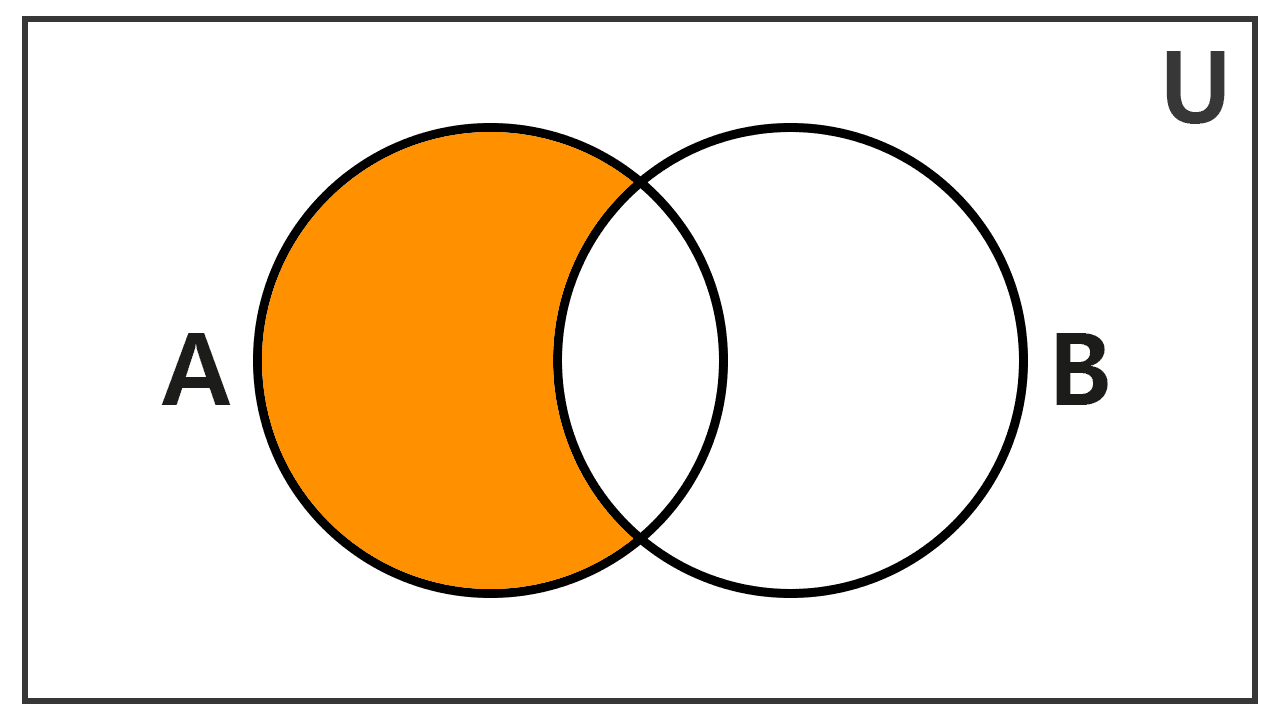

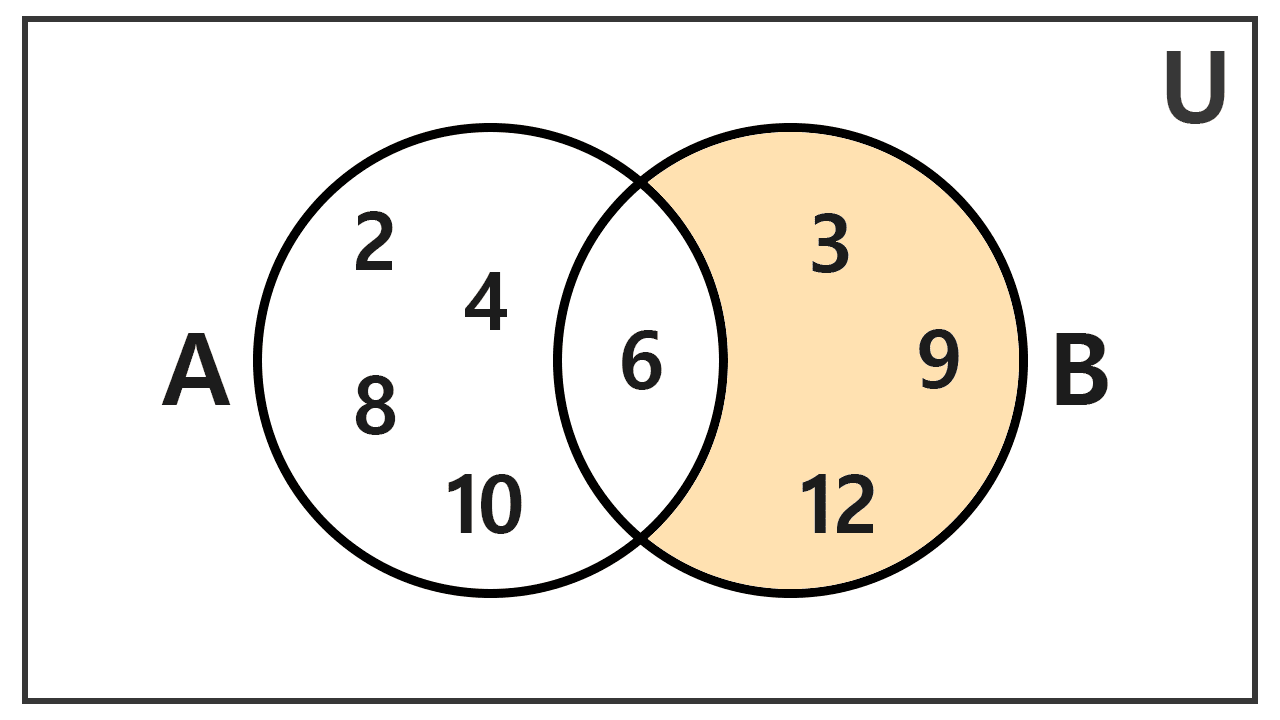
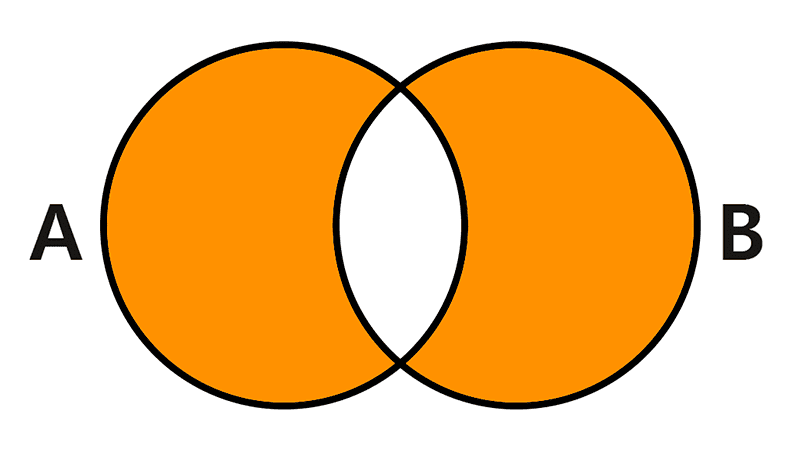

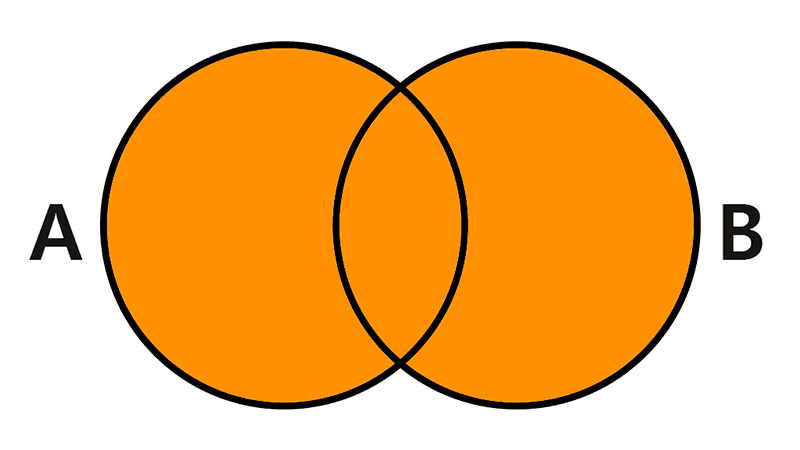
Related posts